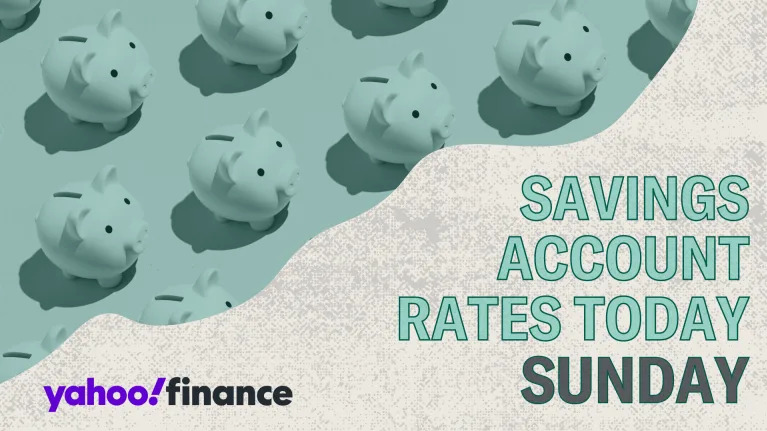You may not think much about the federal funds rate day to day, but this key number impacts many areas of your financial life and the economy as a whole.
The Federal Reserve — the country’s central bank — periodically adjusts its target rate to keep the economy running smoothly and consumer prices in check. When the federal funds rate moves up or down, so do the interest rates on bank accounts and loans. In other words, changes in the Fed’s rate impact how much your savings can grow and how much you pay to borrow money.
Read more: Consumers catch a break as inflation continues to cool
So how does today’s federal funds rate compare to past years? Here’s a look at historical Fed interest rates so you can better understand how your bottom line is affected.
The federal funds rate is set by the Federal Reserve and dictates what a bank can charge another bank for ultra-short-term loans (usually overnight) in order to meet reserve requirements. It’s expressed as a range, and financial institutions can negotiate a specific rate between each other within that range.
The Fed’s target rate also impacts the interest rates individual financial institutions set for financial products such as deposit accounts, bonds, loans, and credit cards.
In September, the Fed lowered its target range by 50 basis points to 4.75%-5.00%. Then following its November meeting, the Fed once again decided to cut the federal funds rate by an additional 25bps points, and another 25bps in December. The target range is presently 4.25%-4.50%.
“The committee judges that the risks to achieving its employment and inflation goals are roughly in balance,” the Fed said in a statement explaining the decision.
Prior to the recent cuts, the Fed had not adjusted the federal funds rate since July 2023. But this rate has fluctuated quite a bit in the past few decades in response to major economic and world events.
Here’s a look at the federal funds rate since 1970:
Source: Federal Reserve Bank of St. Louis
The federal funds rate soared in the early 1980s when inflation hit more than 13%, the highest level recorded. This marked the end of a macroeconomic period known as the “Great Inflation,” which economists believe was brought on by Federal Reserve policies that led to an overgrowth in the supply of money.
In response, the Fed raised interest rates, and the federal funds rate reached more than 19%.
In the late 1990s and into the early 2000s, there was another major economic shift when the Fed began bringing the federal funds rate down. This move was fueled by the dot-com bubble burst — a period of economic instability when investors poured capital into internet-based companies, which led to an overvaluation of many of these start-ups. Unfortunately, not all of these companies were profitable, and the fallout of this bubble burst led to many bankruptcies and a recession.
Then, following the terrorist attacks of Sept. 11, 2001, the Fed cut rates further due to widespread uncertainty and a slowdown in economic activity.
In 2007, the housing market crash prompted the Fed to once again lower its target rate to 2%. A series of rate cuts followed, eventually bringing the target range down to a range of 0%-0.25% — effectively zero — by December 2008.
As the economy recovered from the Great Recession, the Fed began slowly increasing rates again. But in 2020, the COVID-19 pandemic rocked the U.S. economy and brought about challenges such as supply-chain issues, reduced economic activity, and high unemployment. In March 2020, the Fed once again slashed rates to a range of 0%-0.25%.
Read more: How to recession-proof your savings
Begining in March 2022, the Fed increased its rate by 0.25 basis point increments to combat skyrocketing inflation, with a total of 11 hikes through July 2023.
However, as the inflation rate slowed and neared the Fed’s desired 2% target in September 2024, it decided it was time to begin cutting its target rate. The Fed cut rates a total of three times in 2024.
The next Fed meeting is slated for Jan. 28-29, 2025 when the Federal Open Market Committee (FOMC) will decide whether or not to further adjust the federal funds rate. In its last meeting, the Fed announced that it would cut its target range to 4.25%-4.50%.
Though it’s impossible to predict whether additional rate cuts are on the horizon, many economists expect the Fed to implement more rate cuts in 2025 and potentially in 2026 as well.
Read more: Should you open a savings account or CD before the Fed’s next meeting?
EMEA Tribune is not involved in this news article, it is taken from our partners and or from the News Agencies. Copyright and Credit go to the News Agencies, email news@emeatribune.com Follow our WhatsApp verified Channel






